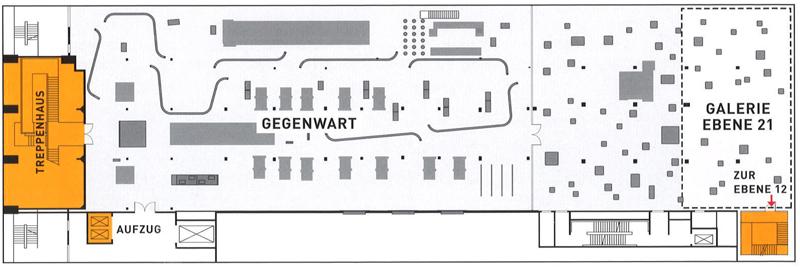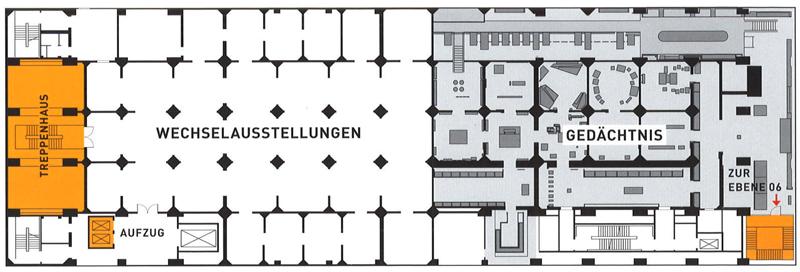Smart Home: More than a Remote Control

Foto: Pixabay.de
The rules according to which the automated processes operate are created by people. Three areas of application dominate the networked building: energy efficiency, data security & anti-burglary protection, and convenience. In order that the installed products automatically do what the user has specified in the different areas, it is necessary to have a user software that sends data by means of a common transmission channel, a so-called bus system.
The euphoria in view of the capabilities offered by building automation is huge. But reality is a different matter. Of course, new buildings are equipped with technology for networking of different sub-systems, but only very few buildings are completely networked. In addition, there exists a heterogeneous supplier structure with numerous systems on the market. Architects should therefore focus on understanding concepts, so that everyone involved speaks the same language. They need to know the following, for example: What is a sensor, and what is an actuator? What do the components look like and which functions can they perform? An understanding of such things makes it possible to communicate with the electrician, technical planner or system integrator. It also useful to understand at least the principle on which a bus system is based. Only then can they provide the client with information and support in this respect.
One reason why building automation is still a marginal phenomenon in residential construction is the question of who is willing to use and pay for all the functions. It makes little sense to invest in functions that will be used by only a few residents, and then to expect to be able to refinance them by raising the rent. It is better if the user can choose the functions and pay only for those needed. The architect plays the part of a mediator here. He has to integrate his ideas of networked living in construction concepts and make them plausible to the client. That can be difficult: for the basic infrastructure, empty conduits are a good means of retrofitting cables, for example. At the same time, however, they are problematic with respect to fire safety. Another solution would be to use wireless technology, but: the majority of these products require batteries to supply the power needed for sensors and switches. That has negative consequences with respect to maintenance costs and the environment. Yet another solution is to use products that generate the required power themselves. Sensors can collect and store very small amounts of energy from the environment. Pressing a switch, for example, activates an electromechanical energy converter, which uses every motion in its vicinity to supply power. Small solar cells can use a luminous intensity of less than 200 lux as an energy source for temperature, CO2 content, humidity or presence sensors. Building automation therefore offers the architect the opportunity to intensify his role as advisor to the client. However, he must have a general understanding of the capabilities of the various systems.
The euphoria in view of the capabilities offered by building automation is huge. But reality is a different matter. Of course, new buildings are equipped with technology for networking of different sub-systems, but only very few buildings are completely networked. In addition, there exists a heterogeneous supplier structure with numerous systems on the market. Architects should therefore focus on understanding concepts, so that everyone involved speaks the same language. They need to know the following, for example: What is a sensor, and what is an actuator? What do the components look like and which functions can they perform? An understanding of such things makes it possible to communicate with the electrician, technical planner or system integrator. It also useful to understand at least the principle on which a bus system is based. Only then can they provide the client with information and support in this respect.
One reason why building automation is still a marginal phenomenon in residential construction is the question of who is willing to use and pay for all the functions. It makes little sense to invest in functions that will be used by only a few residents, and then to expect to be able to refinance them by raising the rent. It is better if the user can choose the functions and pay only for those needed. The architect plays the part of a mediator here. He has to integrate his ideas of networked living in construction concepts and make them plausible to the client. That can be difficult: for the basic infrastructure, empty conduits are a good means of retrofitting cables, for example. At the same time, however, they are problematic with respect to fire safety. Another solution would be to use wireless technology, but: the majority of these products require batteries to supply the power needed for sensors and switches. That has negative consequences with respect to maintenance costs and the environment. Yet another solution is to use products that generate the required power themselves. Sensors can collect and store very small amounts of energy from the environment. Pressing a switch, for example, activates an electromechanical energy converter, which uses every motion in its vicinity to supply power. Small solar cells can use a luminous intensity of less than 200 lux as an energy source for temperature, CO2 content, humidity or presence sensors. Building automation therefore offers the architect the opportunity to intensify his role as advisor to the client. However, he must have a general understanding of the capabilities of the various systems.





